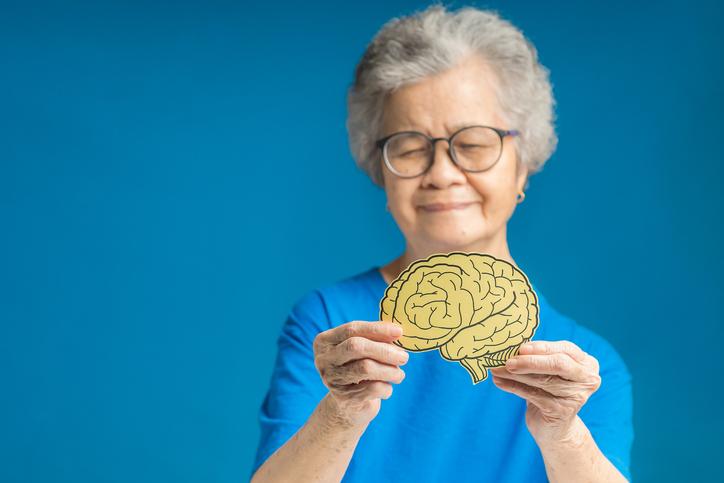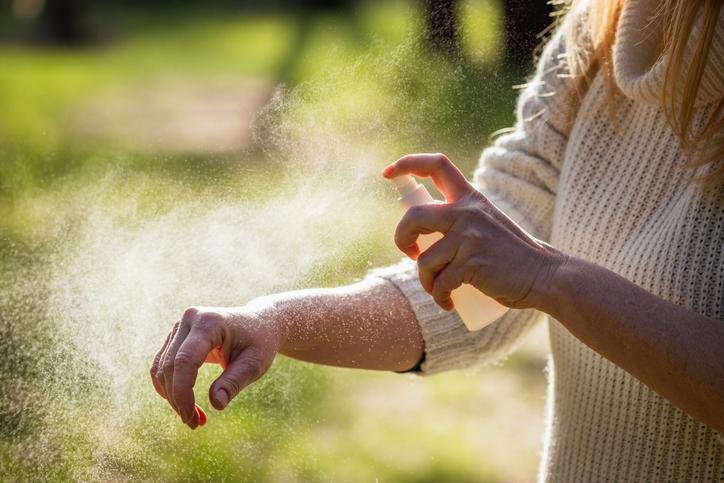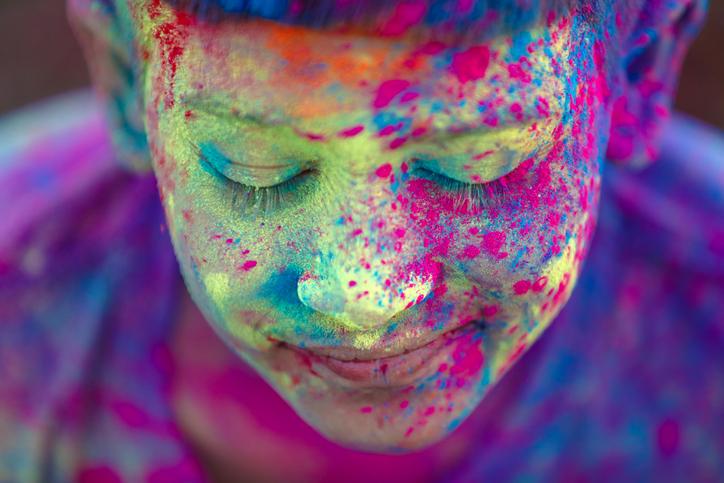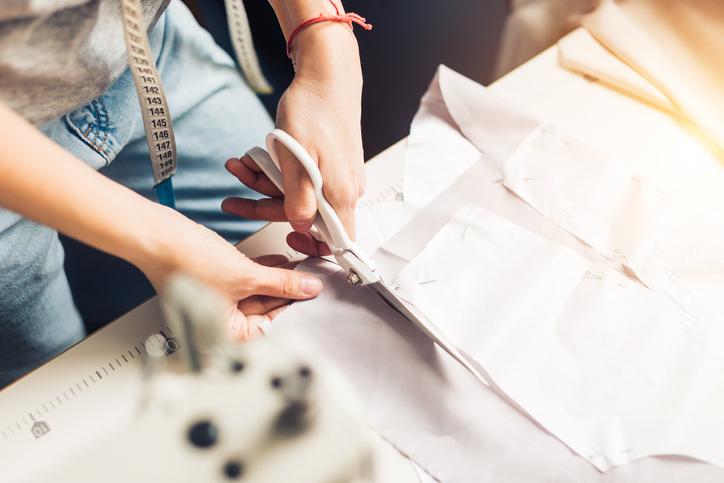23 сентября 2021
Fitness for the Mind: How Neurobics Works


23 сентября 2021
Fitness for the Mind: How Neurobics Works
## What is neurobics?
The name combines 2 words: "neuron" (the basic unit of the nervous system) and "aerobics." Neurobics can improve memory, activate thinking activity, and keep a clear mind by keeping the brain from degenerating.
## Why does the brain degenerate?
Thinking about tasks and solutions daily ages the brain. The brain either develops or degenerates, and it needs the training to maintain intellect, attention, and memory.
A person's ability to think decreases because the dendrites (branched offshoots of neurons that receive information through chemical or electrical synapses) are depleted.
Neurons grow new outgrowths to compensate for the loss of the old dendrites. The human brain's neural networks are capable of changing and evolving at any age — you just have to help them.
## How does it work?
The basic principle of neurobics is ===to use all five senses: touch, smell, sight, hear and taste. They must be combined in unusual combinations and the most unexpected of ways. This makes it possible to create new associative connections between types of information and promotes development. Each exercise of neurobics should involve at least 2 senses.
## Exercises for adults
It is important to try activities that are new to you and will help develop your brain. This could be taking piano lessons, eating with the opposite hand that you normally do, or taking a new route when walking to work or the gym. You could also try playing new board games with friends, or doing different memory exercises. Doing 2–3 of these exercises a day will help energize your brain.
## Exercises for children
Children's brains are especially susceptible to exercise. The main challenge, as with adults, is novelty and variety.
Music and dancing lessons are great for stimulating your child’s mind.
Nurture your child's sense of rhythm, which activates all the zones of the brain. Let your child recite a rhyme while clapping, for example.
Exercise "mirror drawing" for children over 6 years old, which is a simple way to check how well a child can orientate in space. Draw a house, the sun, a car, and trees on one half of a sheet, and then turn it upside down.
The child has to mirror it. The point of the test is not to perfectly reproduce the drawing, but to match the location of the objects. When you cut the sheet at the end, both parts should match perfectly.
These are just examples of exercises. There are many variations you can do. The most important thing is that they involve at least 2 of the senses. If you do these activities daily with the child for 10–15 minutes, you will see results very quickly.













